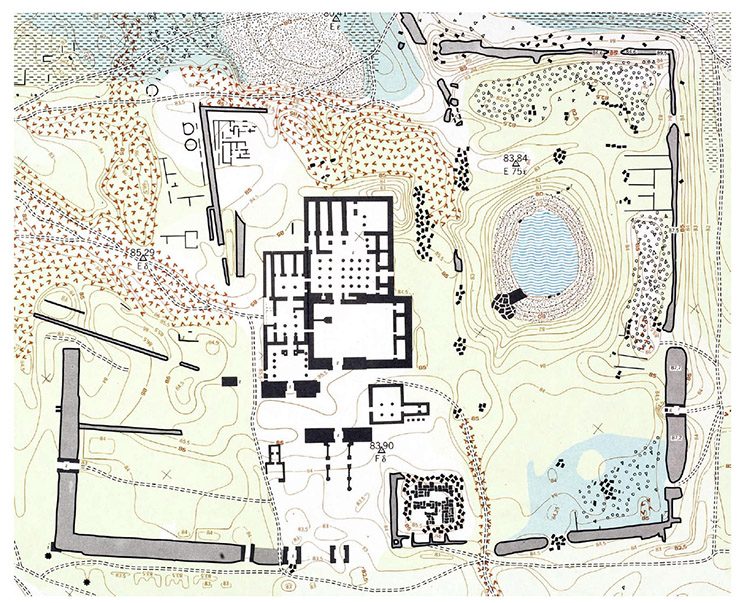El Kab: An Historical Overview
El Kab, also known as Nekheb, is an ancient city located on the east bank of the Nile in Upper Egypt. This site holds a rich history that dates back to the Predynastic Period of Ancient Egypt, making it one of the oldest inhabited cities in Egypt. The city was a significant religious and political center, housing several temples, tombs, and fortresses. Its ruins offer valuable insights into the various civilizations that have inhabited it over the centuries.
Get your dose of History via Email
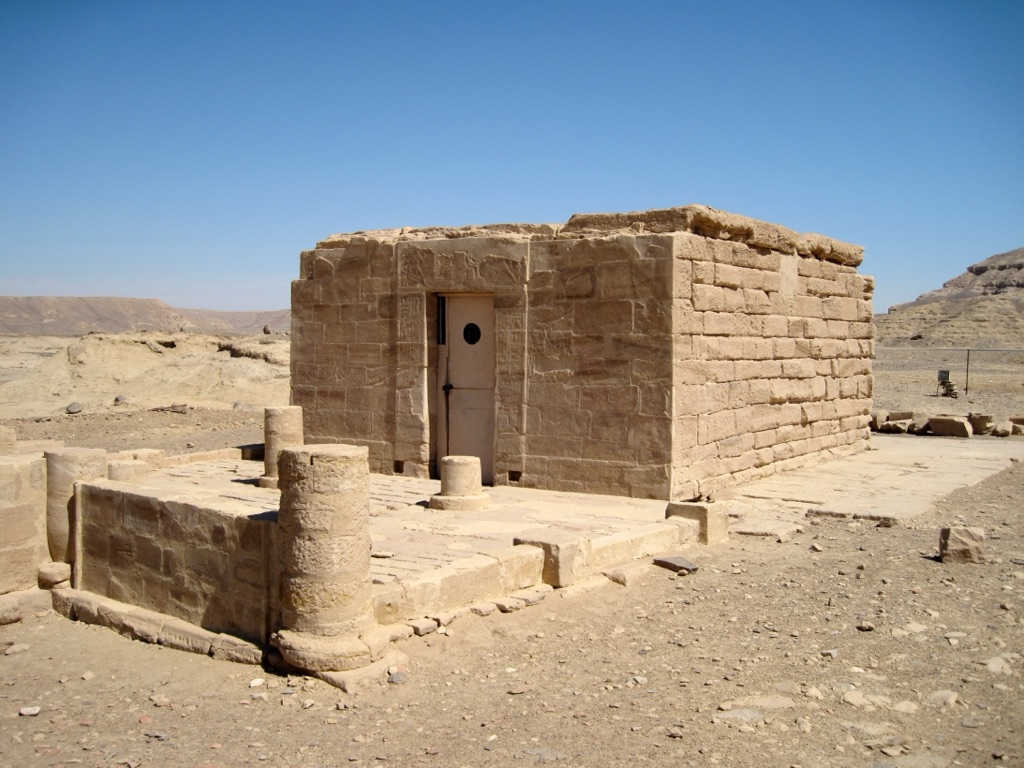
What is the historical significance of El Kab and what civilizations have inhabited it?
El Kab holds a unique place in Egyptian history. It was one of the earliest cities to be established in Egypt, serving as a major political and religious center. The city was home to the vulture goddess Nekhbet, who was the patron deity of Upper Egypt. The presence of numerous temples dedicated to Nekhbet underlines the city’s religious significance.
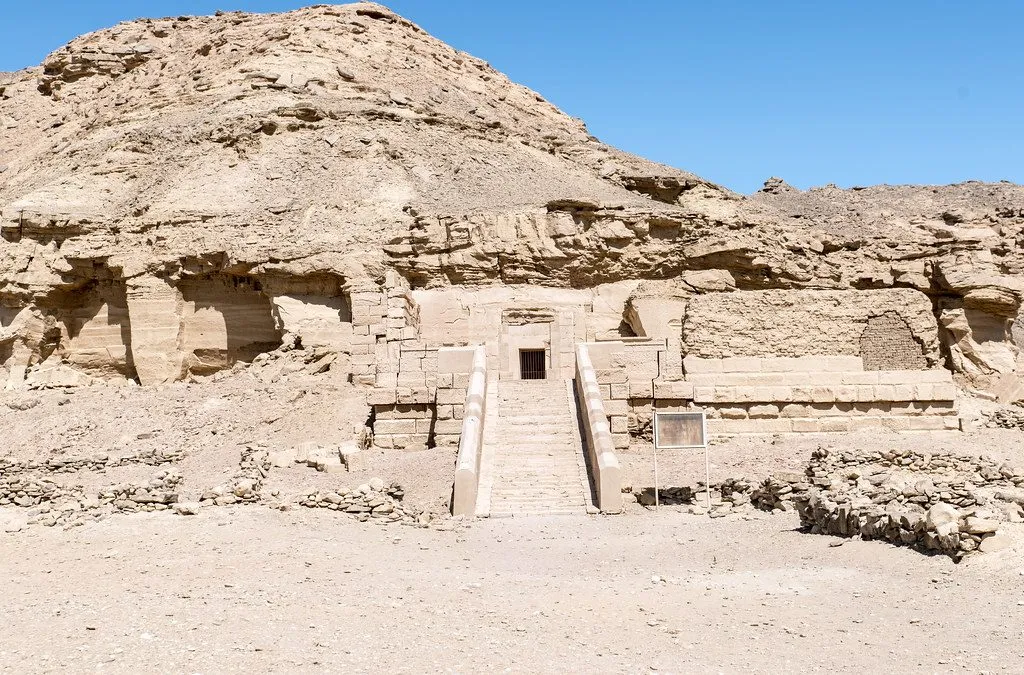
Several civilizations have inhabited El Kab, each leaving its mark on the city. The earliest evidence of habitation dates back to the Predynastic Period, with the discovery of rock carvings and pottery shards. The city reached its peak during the New Kingdom period, when it became a bustling center of trade and culture.
El Kab was also inhabited by the Romans, who built a fortress in the city. The city continued to thrive during the Ptolemaic and Roman periods, as evidenced by the numerous Greco-Roman tombs found in the area. However, after the fall of the Roman Empire, the city was gradually abandoned and fell into ruin.
Despite its decline, El Kab remained an important archaeological site. The city’s ruins provide a wealth of information about the various civilizations that have inhabited it, offering valuable insights into their religious beliefs, political structures, and daily life.
Today, El Kab is recognized as a UNESCO World Heritage Site, testament to its historical significance and the rich cultural heritage it preserves.
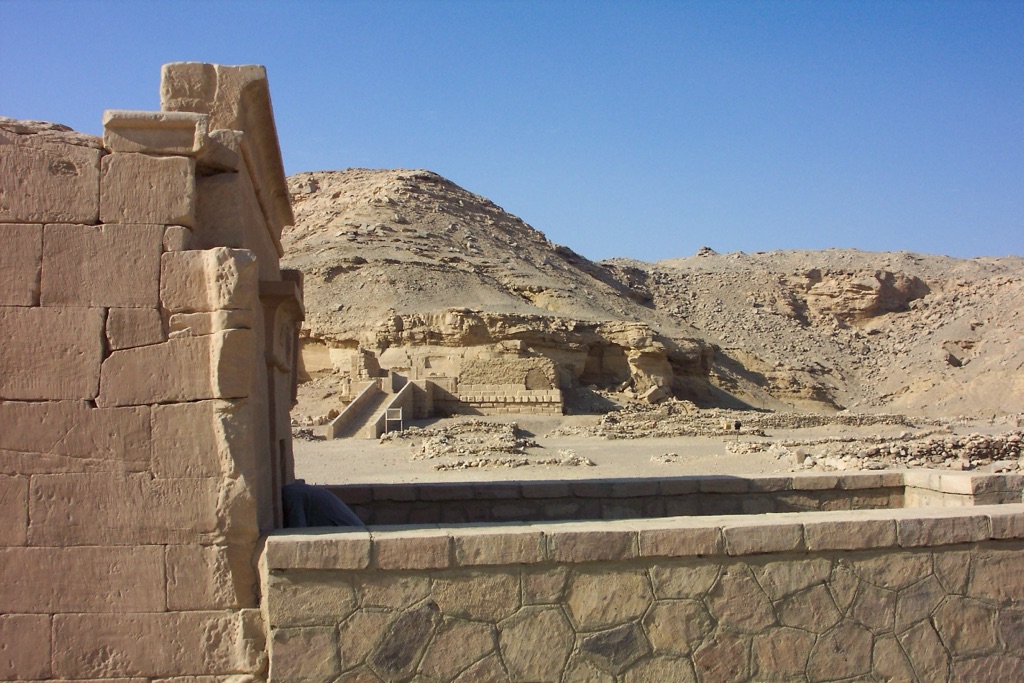
What are some of the key archaeological discoveries that have been made at El Kab?
El Kab has yielded numerous archaeological discoveries that have significantly contributed to our understanding of ancient Egyptian civilization. Among the most notable finds are the tombs of the city’s early rulers, which contain beautifully preserved wall paintings depicting scenes from daily life and religious rituals.
One of the most significant discoveries at El Kab is the Temple of Nekhbet, dedicated to the city’s patron goddess. The temple, built during the New Kingdom period, is one of the best-preserved temples from this era, providing valuable insights into the religious practices of the time.

Another important find is the Roman fortress, which stands as a testament to the city’s strategic importance during the Roman period. The fortress, with its thick walls and towers, offers a glimpse into the military architecture of the time.
Archaeologists have also uncovered a vast necropolis, or city of the dead, at El Kab. The necropolis contains numerous tombs, ranging from simple pit graves to elaborate rock-cut tombs. These tombs provide a wealth of information about burial practices and beliefs about the afterlife in ancient Egypt.
Recent excavations have revealed a wealth of artifacts, including pottery, jewelry, and tools, shedding light on the daily life of the city’s inhabitants. These finds continue to enhance our understanding of this ancient city and its people.
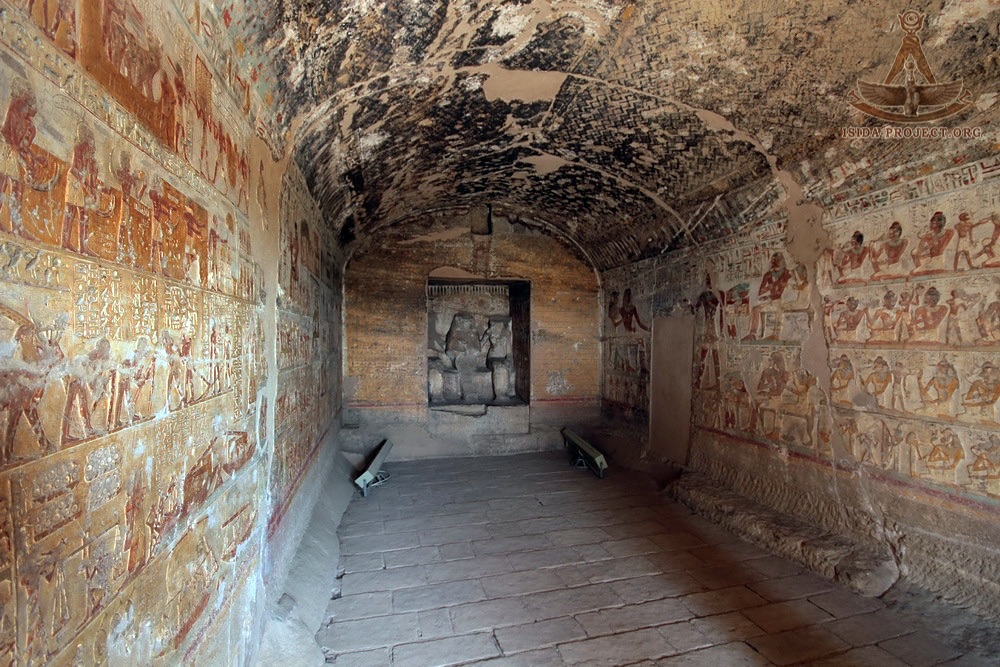
Conclusion and Sources
In conclusion, El Kab is a treasure trove of historical and archaeological significance. Its ruins and artifacts provide a window into the lives of the various civilizations that have inhabited it, from the Predynastic Egyptians to the Romans. Despite the passage of time, El Kab continues to reveal its secrets, offering new insights into our shared human past.
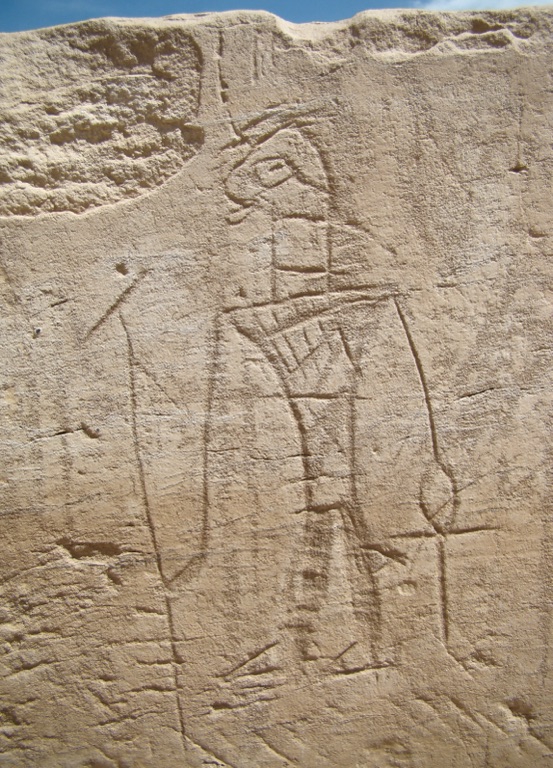
For further reading and verification of the information provided, the following sources are recommended:

